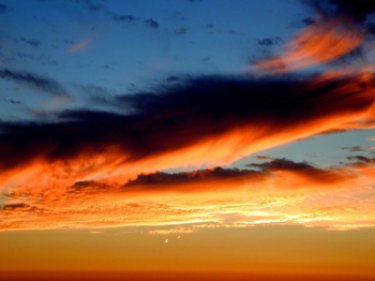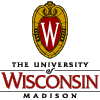The purpose of the ATMON'10 workshop is to discuss the atmospheric monitoring techniques in use in air shower and astronomical experiments. As air shower experiments increase in sophistication — current air fluorescence and air Cherenkov telescopes are the fourth generation of instruments to employ these techniques — atmospheric uncertainties are becoming a dominant source of systematic errors. And for the next generation of ground-based astronomical surveys, such as the Large Synoptic Survey Telescope, precise measurements of atmospheric transmittance will be required to achieve major science goals.
At this workshop, we will describe our experiences in measuring atmospheric conditions for astronomical and cosmic ray observatories, and share ideas on how to reduce systematic uncertainties due to atmospheric variations.

-
Calculation of Atmospheric Transmission
In air shower experiments, estimation of the transmittance of the atmosphere is critical for the proper determination of the energies of cosmic rays and gamma rays. For astronomical observations, the transmittance is an important systematic in the estimation of the optical magnitude of objects. We will discuss the quantities and measurements required for accurate calculation of light transmission, including:
- Measurements of atmospheric state variables;
- Measurements of aerosols;
- The precision required from each measurement;
- UV vs. optical and near-IR considerations;
- Public codes and computational techniques for estimating scattering and absorption.
-
Public Atmospheric Data Sets
Performing local measurements of atmospheric conditions can be a time-consuming and expensive undertaking. In many cases, public data (such as freely available NOAA databases and models) can provide a useful and cost-effective substitute for such measurements. We will discuss the atmospheric data available to the public, including:
- Quantities useful for astronomy: atmospheric temperature, pressure, water vapor and other molecules, cloud coverage, and aerosols;
- The precision, spatial resolution, time resolution, and vertical range of public data sets;
- Modeling, unfolding, and other reduction performed in public data;
- The stability, ease of use, and ease of access to public databases
-
Field Measurements of Atmospheric Conditions
Due to the remoteness of astronomical sites, most air shower and astronomical observatories perform some field measurements of atmospheric conditions. We will discuss these ongoing efforts and share lessons learned. Topics to be covered include:
- Molecular and aerosol measurements with lidar: elastic, Raman, and HSRL techniques;
- Atmospheric monitoring in air fluorescence experiments (Auger, Telescope Array): personnel requirements, costs, and results;
- Monitoring for Imaging Air Cherenkov Telescopes (MAGIC, VERITAS, HESS): requirements, costs, and results;
- Monitoring requirements for astronomical observations at the site of the Large Synoptic Survey Telescope (LSST);
- Integration of active atmospheric monitors and artificial light sources with optical telescopes.
-
Intro
Breakfast, Registration, Logistics and Overview
-
Astronomical Monitoring I
-
Astronomical Monitoring II
-
Atmospheric Profiles and Transmission
-
Lidar Techniques and Measurements
-
Lidar Measurements in UV
-
Atmospheric Light Production
-
Atmospheric Monitoring Programs I
-
Atmospheric Monitoring Programs II
-
Aerosol Properties
-
Cloud Identification and Monitoring
-
Auger

